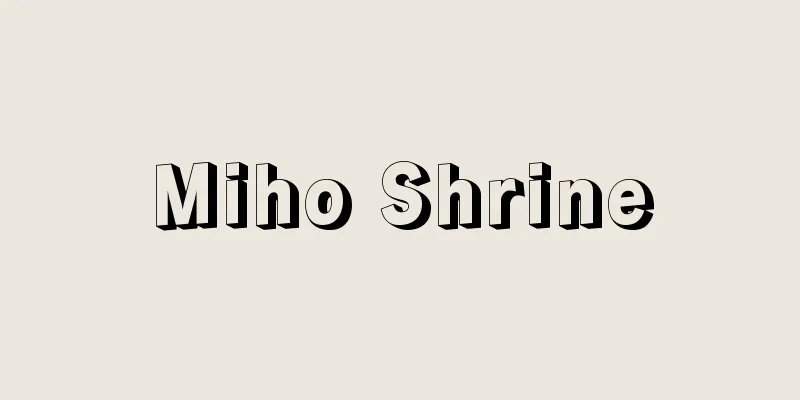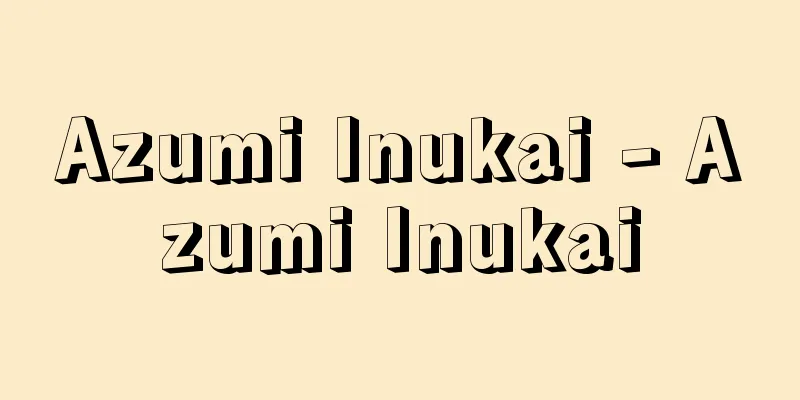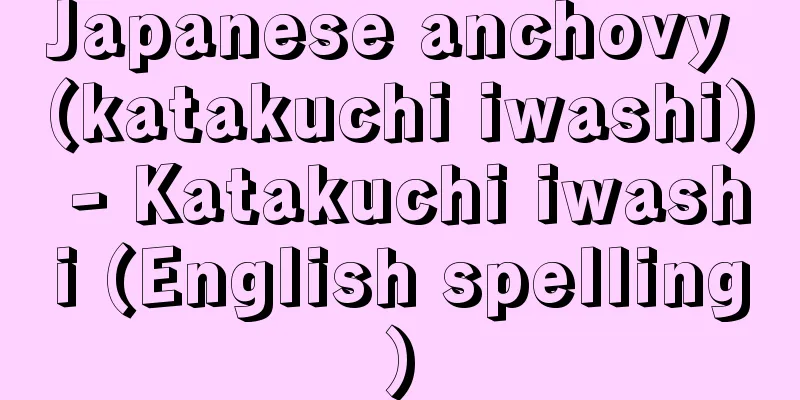Miho Shrine

|
Located in Mihonoseki-cho, Matsue City, Shimane Prefecture. The main deities are Kotoshironushi-no-Kami and Mihotsuhime-no-Mikoto. According to the myths, Kotoshironushi-no-Kami assisted his father, Okuninushi-no-Kami, in developing the land and promoting industrial welfare, and when the heavenly grandson descended to earth, he advised him to hand over the country to his descendant, before retiring to the sea and retiring to the Aofushigaki fence. Mihotsuhime-no-Mikoto is interpreted as the goddess of abundant grains. This shrine was known to the central government as early as the Nara period, and the state made offerings every year. Mihonoseki has been a major fishing base since ancient times, and as shipping routes along the Sea of Japan developed, it became an important port for waiting out the wind. From the Middle Ages onwards, military commanders made a series of donations and the construction and restoration of shrine buildings, and worship of the shrine spread among the common people as the guardian deity of all business and production, including good harvests, good catches, and safety at sea. Kotoshironushi-no-Mikoto is loved throughout the country as Ebisu-sama (one of the Seven Lucky Gods) who is blessed with good fortune and holds a fishing rod and a sea bream, which is due to the myth of fishing in this area, but it is also largely due to the broad divine virtue of this god and the historical circumstances of Mihonoseki. Formerly a national shrine. A complex Touya system has been preserved for parishioners, who undergo strict purification rituals and prepare offerings to the gods. The annual festival is held on April 7th. Special rituals include the Aoshibagaki ritual (April 7th), which commemorates the founding of the shrine when the enshrined deity was enshrined in the Aoshibagaki, and the Morotabune ritual (December 3rd), which is based on a myth in which an emissary of the heavenly gods discussed the transfer of the country with the enshrined deity. The main hall is in the Hiyoku Taisha style (Miho style) and is a national important cultural property. In addition, there are two Morotebune boats, one Soriko boat, and 846 donated musical instruments that are designated as important tangible folk cultural properties. [Hirai Naofusa] "A Study of Miho Shrine by Taro Wakamori (1955, Kobundo)" [Reference] | | |The worship hall. Matsue City, Shimane Prefecture ©Shimane Tourism Federation Miho Shrine Source: Shogakukan Encyclopedia Nipponica About Encyclopedia Nipponica Information | Legend |
|
島根県松江市美保関(みほのせき)町に鎮座。主祭神は事代主神(ことしろぬしのかみ)、三穂津姫命(みほつひめのみこと)。神話によれば事代主神は、父の大国主(おおくにぬし)神を助けて国土の開発と産業福祉の発展に尽くし、天孫降臨に際しては国譲りを進言し、自らは身を退き海中の青柴垣(あおふしがき)に籠(こも)り鎮まったという。三穂津姫命は五穀豊饒(ほうじょう)の女神と解される。この神社は早く奈良時代に中央にも知られ、国から毎年奉幣があった。美保関は古来有力な漁業基地で、日本海航路の発達に伴い重要な風待ち港となったことから、中世以降は武将による寄進や社殿の造営修復が相次ぎ、庶民の間にも豊作・豊漁・海上安全をはじめ、あらゆる商売・生産の守り神として信仰が普及した。事代主神が釣り竿(ざお)を手にし鯛(たい)を抱えた福徳円満なえびす様(七福神の一つ)として全国に親しまれているのは、この地で漁をした神話にもよるが、この神の広い神徳と美保関の史的条件に負うところが大きい。旧国幣中社。氏子には複雑な頭屋(とうや)制度が保存され、厳重な潔斎をして神事の準備や神饌(しんせん)の調理を行う。例祭は4月7日。特殊神事に、祭神が青柴垣に鎮まり神社が創立されたことを記念する青柴垣神事(4月7日)、天津神(あまつかみ)の使者が祭神と国譲りのことを議した神話にちなむ諸手船(もろたぶね)神事(12月3日)がある。本殿は比翼(ひよく)大社造(美保造)といわれ、国の重要文化財。ほかに重要有形民俗文化財として諸手船2隻、そりこ1隻、奉納鳴物(楽器類)846点がある。 [平井直房] 『和歌森太郎著『美保神社の研究』(1955・弘文堂)』 [参照項目] | | |拝殿。島根県松江市©公益社団法人島根県観光連盟"> 美保神社 出典 小学館 日本大百科全書(ニッポニカ)日本大百科全書(ニッポニカ)について 情報 | 凡例 |
<<: Mihonoseki [town] - Mihonoseki
Recommend
mogotes
… On the other hand, karst in tropical and subtro...
Gas alarm - Gas alarm
A device that automatically lights up a danger sig...
Tentobune - Tentobune
This was the Japanese boat that was most widely us...
Gorobei the dew - Gorobei the dew
Rakugo performer. [Kazuo Sekiyama] First generati...
Groundbreaking ceremony
… The completed blocks are stacked by a crane on ...
Pessanha, C.de A. (English spelling) PessanhaCdeA
…Given its small population and narrow territory,...
Dmitriy Sergeevich Merezhkovskiy
Russian poet, writer, and critic. Born into an ar...
Albert Namatjira
1902‐59 Australian painter. He was of Aranda Abori...
Ishigakecho - Ishigakecho
This butterfly belongs to the order Lepidoptera, ...
Military expansion
〘Noun〙 Abbreviation of "Gunbikakucho (militar...
pleins pouvoirs (English spelling) pleins pouvoirs
…The power of attorney must have a revenue stamp ...
Cherokee - Cherokee (English spelling)
A group of Native Americans living in the southeas...
Pterygopodium
… In cartilaginous fishes, which are ovoviviparou...
Allium sphaerocephalum (English spelling) Alliumsphaerocephalum
…[Tora Saburo Kawabata]. … *Some of the terminolo...
'Abd al‐Rahman
?-1246 A Muslim merchant who came east during the ...









